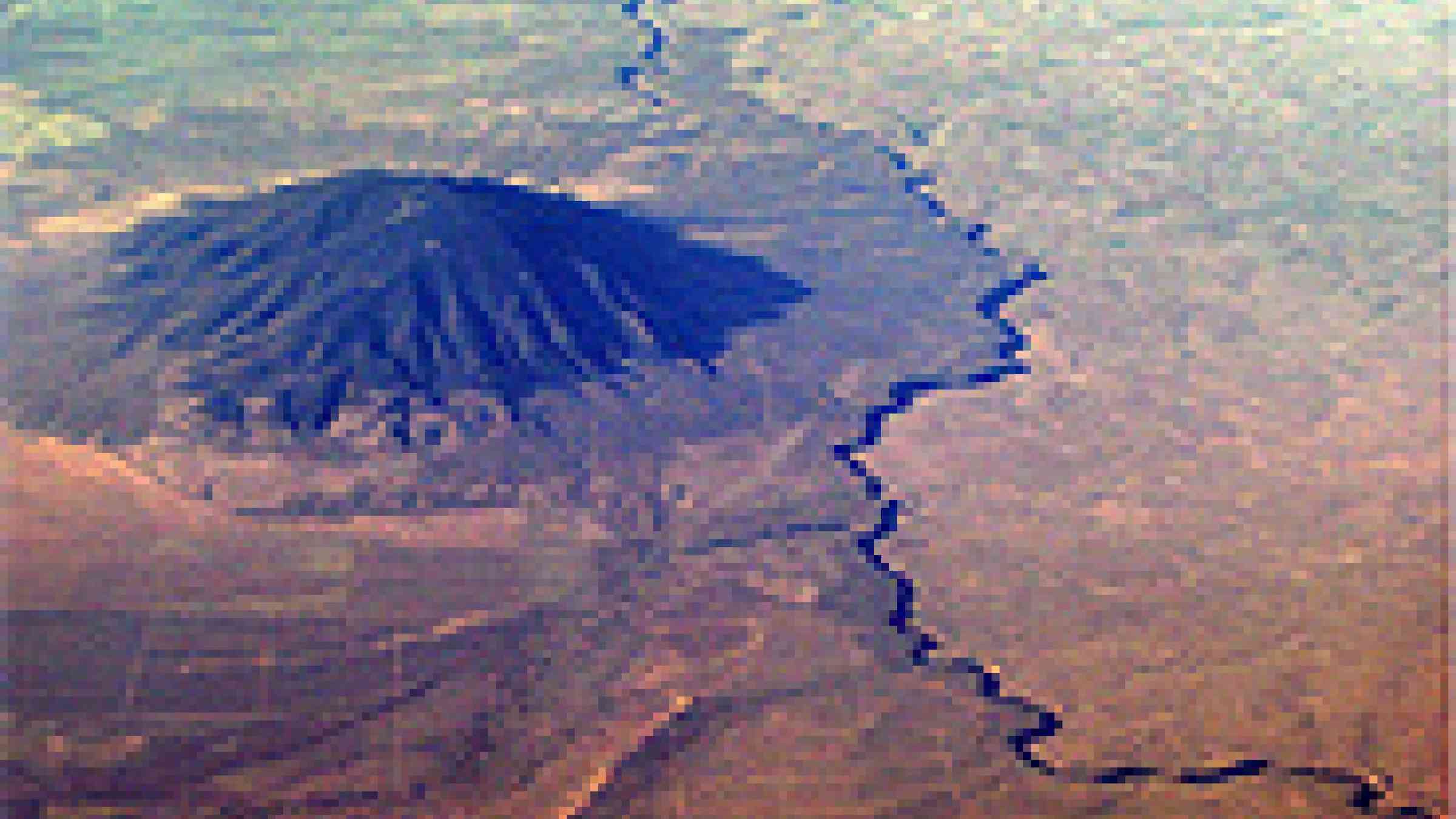USGS awards $2.7 million funding to improve detection of changes in Earth’s crust

The U.S. Geological Survey has awarded $2.7 million in cooperative agreements under the American Recovery and Reinvestment Act to the University of California, Berkeley; Central Washington University; University of California, San Diego; and UNAVCO, Inc., to improve networks that detect minute changes in the earth’s crust caused by faulting in earthquake-prone regions.
Monitoring these small changes (undetectable except through the methods of advanced geodesy) is an integral part of assessing the likely rate of large earthquakes. For optimal performance in real time, many existing monitoring stations need modern sensors and improved communication systems. Funds provided through six cooperative agreements will improve monitoring capabilities by replacing obsolete sensors that may be more than 10 years old and by upgrading communications so that real-time data streams are more reliable or possible for the first time. These funds will create or preserve jobs relating to contract work and equipment manufacturing.
“These improvements in advanced geodesy will enhance the ability of the U.S. Geological Survey and its cooperators to monitor in real-time how strain is building across hazardous faults,” said David Applegate, senior science advisor for earthquake and geologic hazards.
The American Recovery and Reinvestment Act passed earlier this year included $3 billion to the Department of the Interior. Of that amount, $140 million in funding is being used by the USGS to fund projects meeting Recovery Act goals
The Recovery Act funds are part of a stimulus package that is an important component of the President's plan to jumpstart the economy and put a down payment on addressing long-neglected challenges so the country can thrive in the 21st century. Under the Recovery Act, Interior is making an investment in conserving America's timeless treasures — our stunning natural landscapes, our monuments to liberty, the icons of our culture and heritage — while helping American families and their communities prosper again. Interior is also focusing on renewable energy projects, the needs of American Indians, employing youth and promoting community service.
“With its investments of Recovery Act funds, the Department of the Interior and its bureaus are putting people to work today to make improvements that will benefit the environment and the region for many years to come,” said Secretary of the Interior Ken Salazar.
Secretary Salazar has pledged unprecedented levels of transparency and accountability in the implementation of the Department’s economic recovery projects. The public can follow the progress of each project on RECOVERY.GOV and on the Department of the Interior, Recovery Investments website. Secretary Salazar has appointed a Senior Advisor for Economic Recovery, Chris Henderson, and an Interior Economic Recovery Task Force to work closely with Interior’s Inspector General and ensure that the recovery program is meeting the high standards for accountability, responsibility and transparency set by President Obama.
Kara Capelli
U.S. Department of the Interior, U.S. Geological Survey
Office of Communication
119 National Center
Reston, VA 20192
email: kcapelli@usgs.gov
Phone: (703) 648-5086